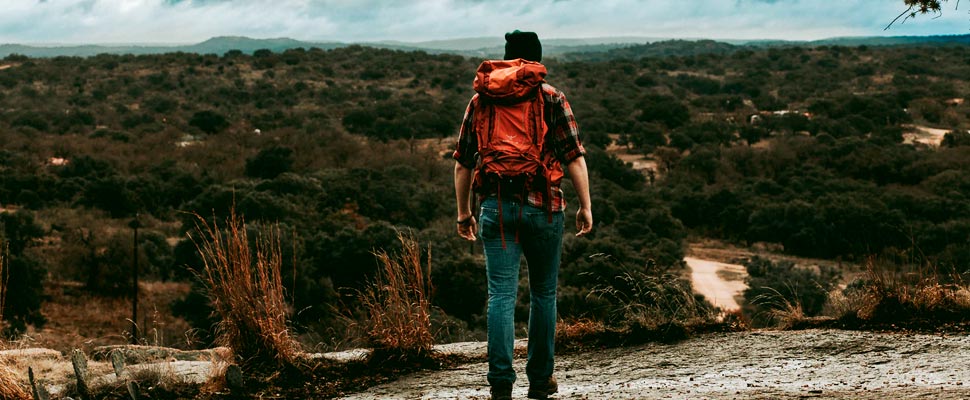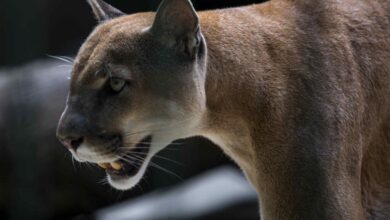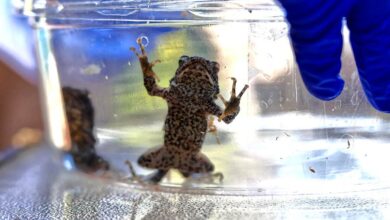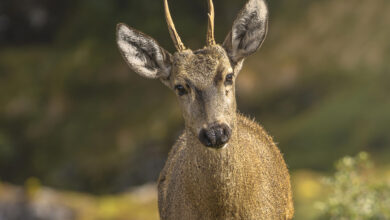Why is it key to know who visits a natural park?
National parks count the number of visitors they receive but do not assess who they are and what they want, a key aspect for their management.

It is important to know who visits the natural parks and what they want to see on their visit. / Photo: Unsplash
LatinamericanPost| Jorge Guasp
Listen to this article
Leer en español: ¿Por qué es clave saber quién visita un área natural?
Knowing the quantity is important, but it is not enough
Suppose you invite Juan to your house. At the last moment, Juan argues that he will not be able to go; but considering that you are already preparing dinner, you ask Pedro, a mutual friend, to replace him. The downside is that Pedro is a vegetarian, and the dish you have prepared is meat; and although in both cases it is a single person, you should foresee changes in the menu.
Something similar happens in a protected natural area: if we know that 100,000 visitors arrive each year, but we do not know what they are looking for, how can we satisfy their "appetite" for nature?
The offer must be oriented to what visitors are looking for
According to The Development of Public Use Programs Based on the Limits of Acceptable Change (LCA) in Protected Areas: A Manual for Managers, Officials, Planners, Consultants and Citizens (Center for Management of Protected Areas, Colorado State University, USA, 2015 ), “In the same sense that we protect biodiversity, we recognize that we must distinguish and preserve a diversity of experiences that tourists and local users seek. Depending on the age of the people, daily or work environment, stage of personal development and other factors, the reasons for a tourist trip could vary considerably ”.
Some visitors are willing to walk for a whole day, and sometimes for two or three days, in order to find themselves alone, in intimate contact with nature. Others, on the other hand, just want to meet their friends in a camp, and do social life in the country. The elderly or people with reduced mobility, for example, cannot travel long trails , so they need other alternatives. In summary, the protected natural area, be it a national park, reserve, or another category, must provide a recreational offer for different types of users; but in order to provide that offer, you need to know your visitors.
Also read: Scientists say it is time to save the Red Sea's coral reef
How to find out what kind of experience visitors are looking for?
It is important that the administration provides accurate information about each itinerary before visitors go through it; thus, they will know in advance what kind of experience awaits them in each circuit or trail. Knowing the number of users who use different circuits, recreational and interpretive, provides an initial idea of the demand for experiences.
The more diverse the information collected, the more detailed our knowledge of visitors will be. An easy way to find out what tourists want is to ask them what they have done during their stay, and what they would have liked to do. If you have traveled long and difficult trails in the middle of nature, surely you were looking for a mixture of intimacy and adventure. If they were pursuing that experience and have not found it, it is important to provide them with the opportunity to live it, so that the authorities take this aspect into account in order to design new alternatives.
This information can be complemented with the analysis of the time the visitors spent in the area, the modality (camp, motorhome, cabin, etc.), their age, the way of arrival to the natural area, their interests, etc.
How do you know if the visitors have been satisfied?
The easiest way to know what visitors think about the natural area is to consult them when they finish their visit. This can be done at the access control post to the area (if any), at the information center, at the ranger station closest to the exit, etc.
Also read: Corona and air pollution: how does nitrogen dioxide impact fatalities?
Survey forms are a useful resource for gathering this type of information. These surveys can be used to create visitor profiles, that is, documents that analyze the characteristics, interests, etc. of people who visit the natural area, in order to program infrastructure and activities that meet the needs of each of the social profiles.
Satisfaction, learning, and involvement
The goal is for visitors to leave satisfied, learn about nature, and even get involved in its care, not only in the natural area (which they will visit for two or three days) but also in their place of residence, where their environmental responsibility can contribute to preserving the planet's natural resources.




